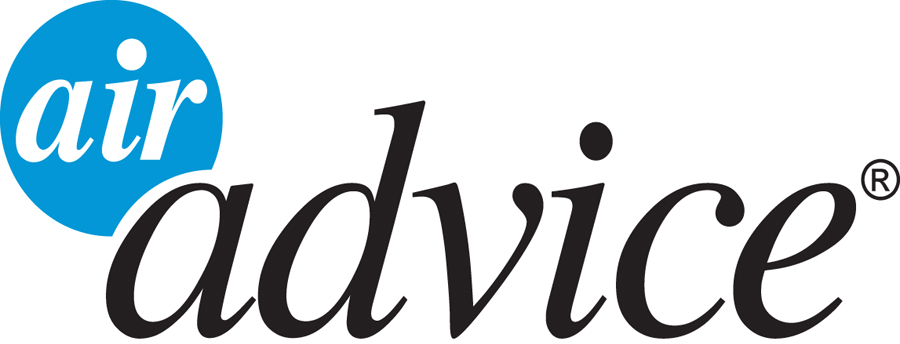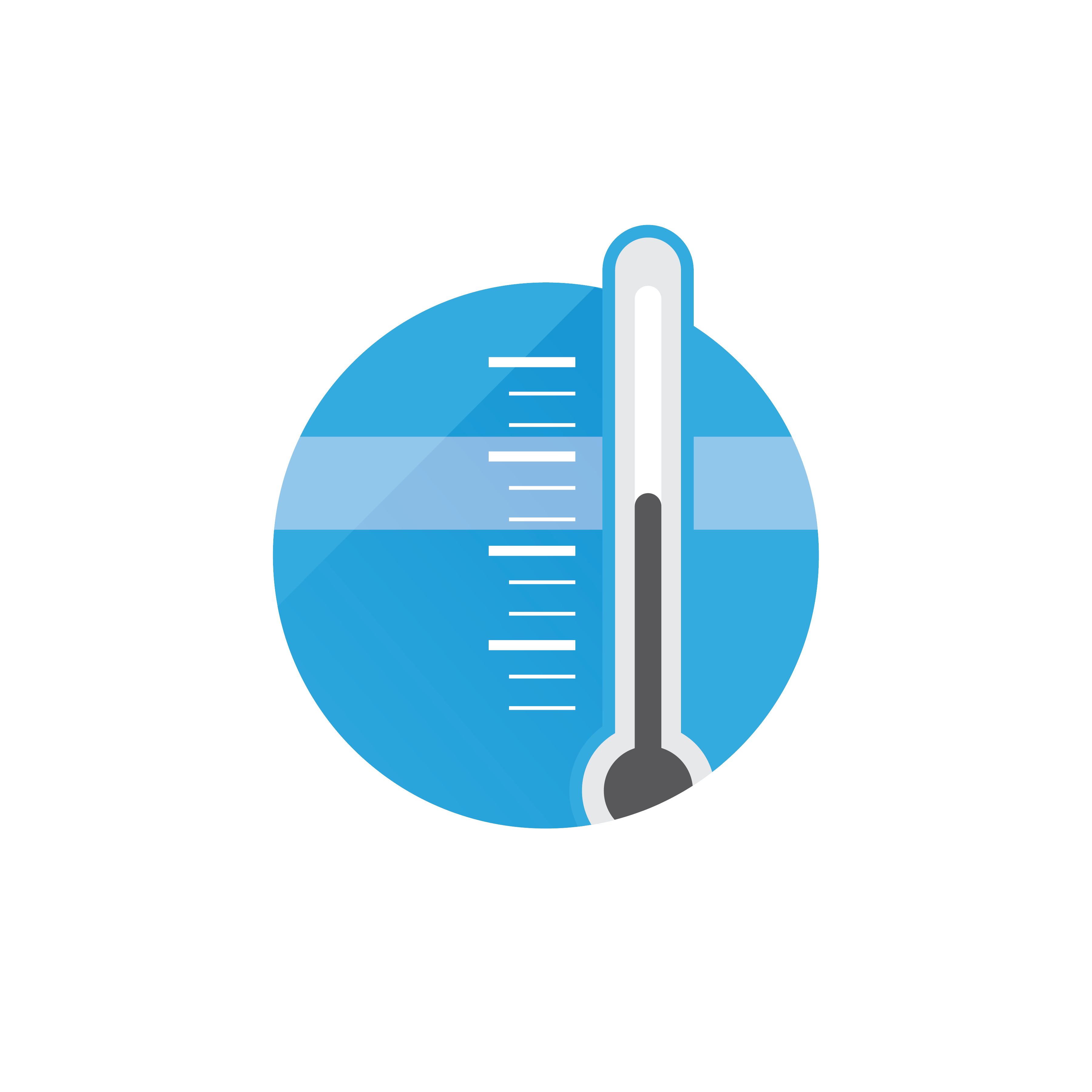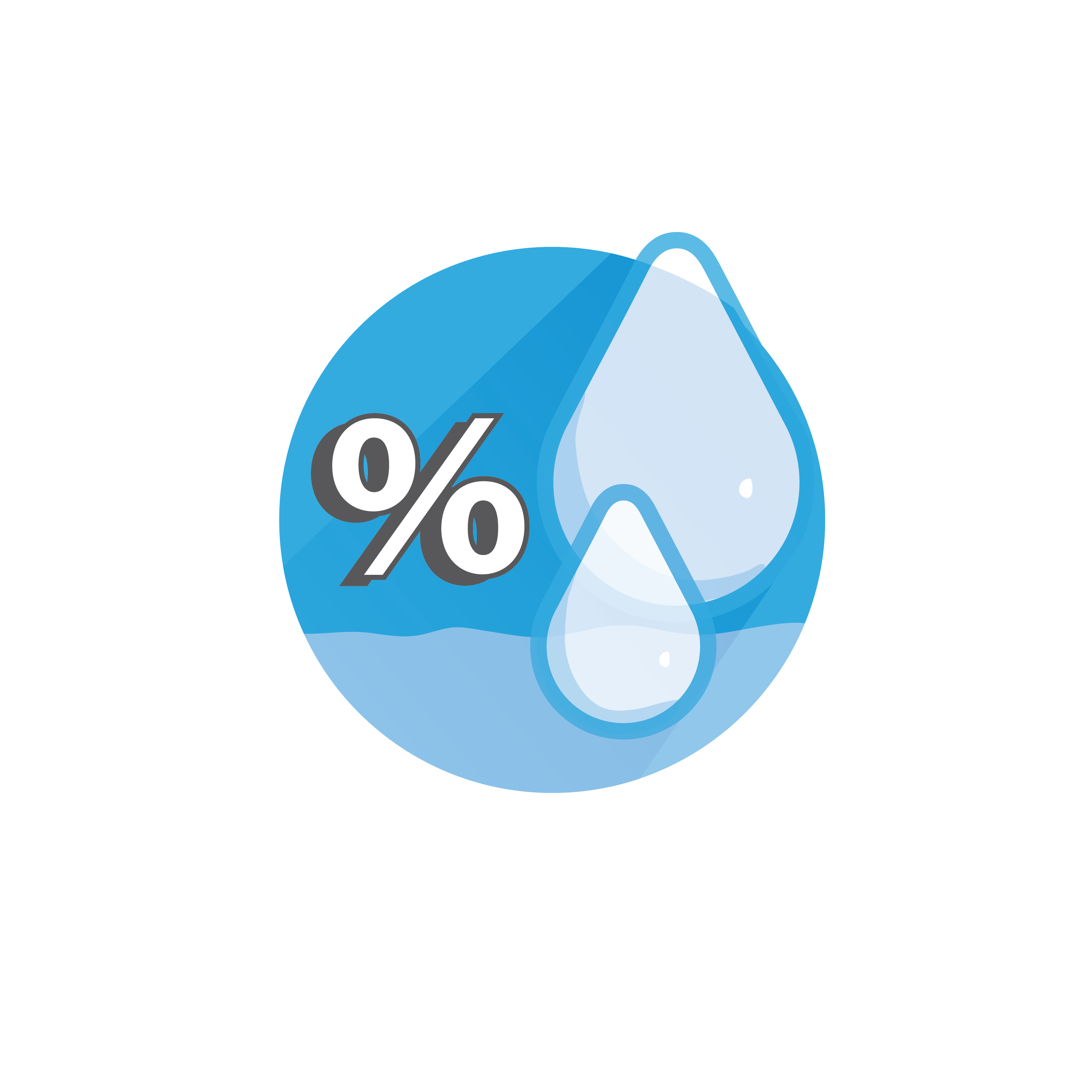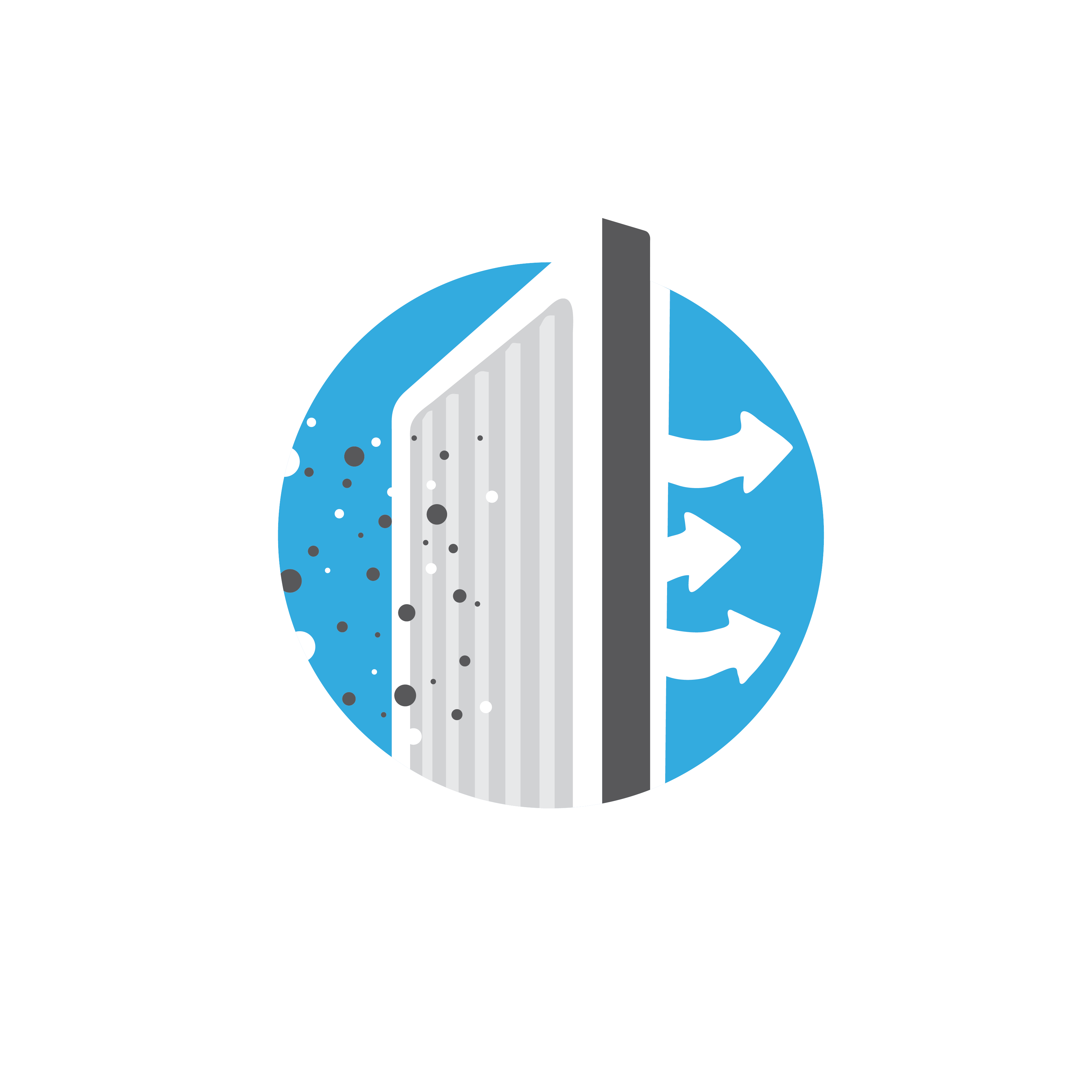FORMALDEHYDE
Formaldehyde is a chemical found in many household products and building materials, and is also produced by combustion. While formaldehyde is common in homes, it can be harmful to your health. Experts recommend keeping formaldehyde levels as low as reasonably possible in your home.
WHAT THE EXPERTS SAY
“…Formaldehyde presents an unreasonable risk of injury to human health…EPA also identified cancer and other chronic risk due to long-term inhalation of formaldehyde.”
“Formaldehyde irritates the nose, eyes and throat. These irritations can happen when exposed to low levels of formaldehyde. Other short-term effects include headache, runny nose, nausea and difficulty breathing. Exposure may cause wheezing, asthma attacks and other respiratory symptoms.”
“Working with formaldehyde could increase your chances of having fertility problems or miscarriage.”
WHY FORMALDEHYDE TESTING IS IMPORTANT
It Can Cause Cancer
Formaldehyde causes more cancer than any airborne pollutant, specifically, nasopharyngeal cancer, sinus cancer, and myeloid leukemia. The International Agency for Research on Cancer (IARC) classifies formaldehyde as a known carcinogen, meaning it is proven to cause cancer in humans.
It's Common in Homes
Almost always undetectable by smell, formaldehyde is prevalent in many household products, from plastics and paints to glues. Because it’s so widespread, testing your home is the best way to determine your specific exposure levels.
RECOMMENDED ACTIONS
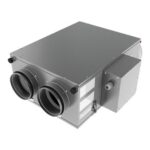
Increase ventilation: heat or energy recovery ventilator (HRV/ERV), fresh air supply vent or ventilating dehumidifier.
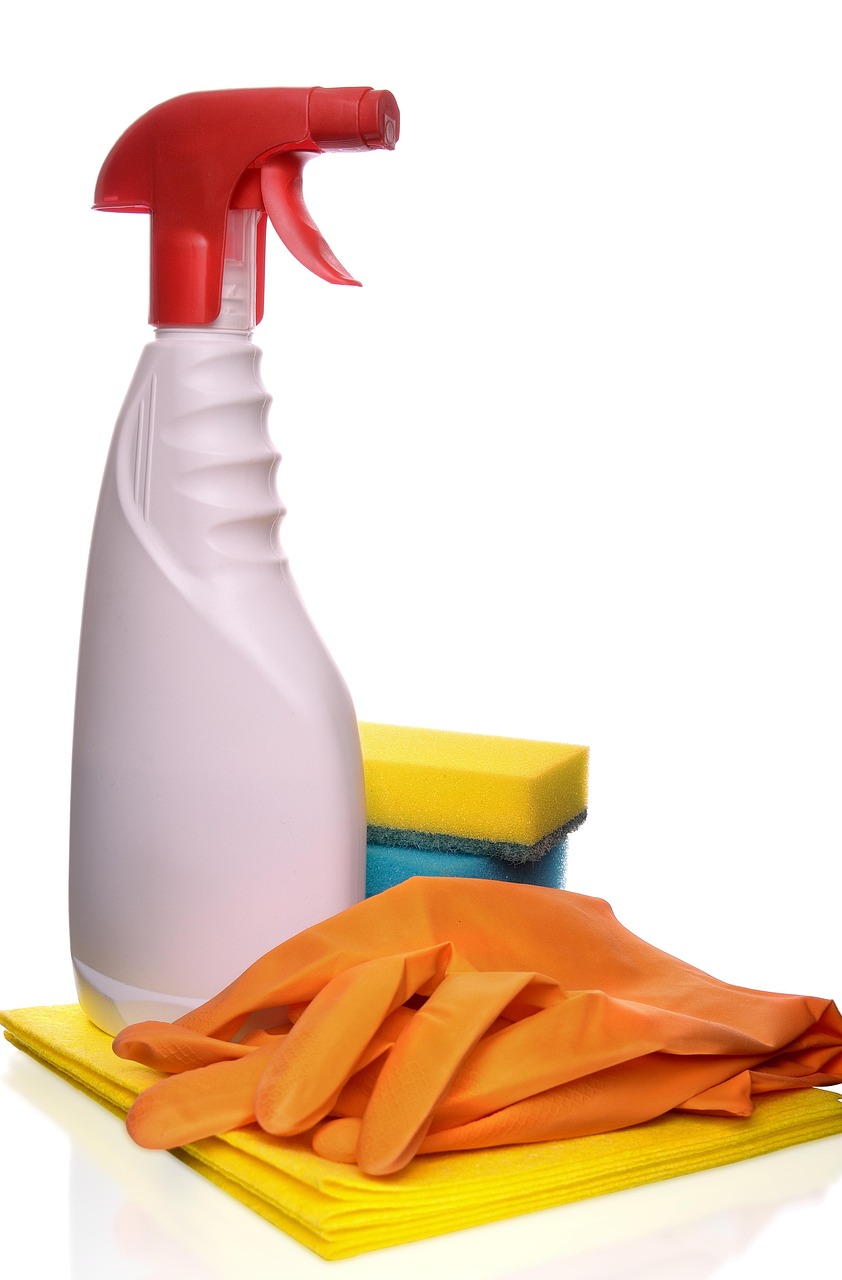
When possible, choose low-formaldehyde products for your home, especially when building or remodeling.
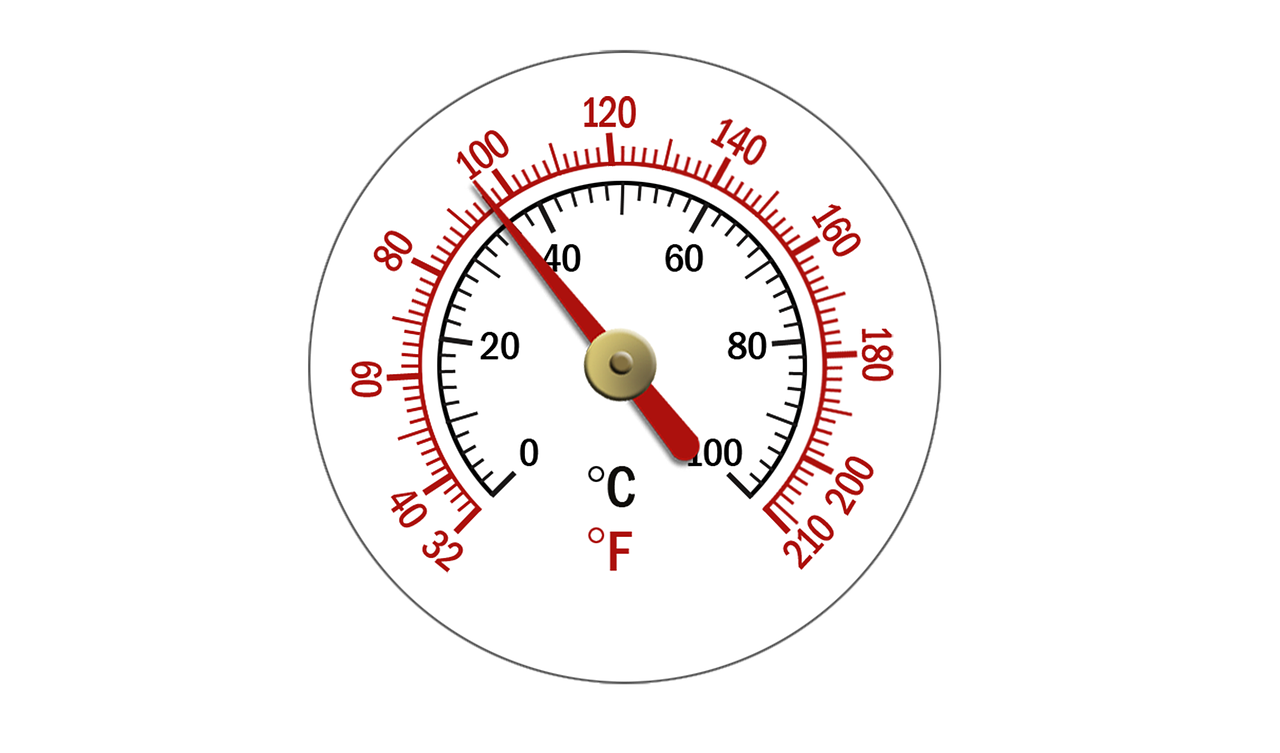
Keep heat and relative humidity levels low indoors. Talk to your contractor about how to best accomplish this in your home.
AIRADVICE PROTIP:
Some of our favorite methods to reduce formaldehyde are: an energy recovery ventilator (ERV), ventilating dehumidifier, and carbon filtration.
Ask your contractor about these solutions.
WHAT ELSE DO WE MEASURE?
AirAdvice tests for 7 different parameters in the home with our top-of-the-line monitor. Our monitors are designed and maintained to produce clear and accurate results, giving you a clear picture of the state of your home’s air.
Scroll down to learn more about the health, comfort, safety IAQ parameters that we test for in the home.
